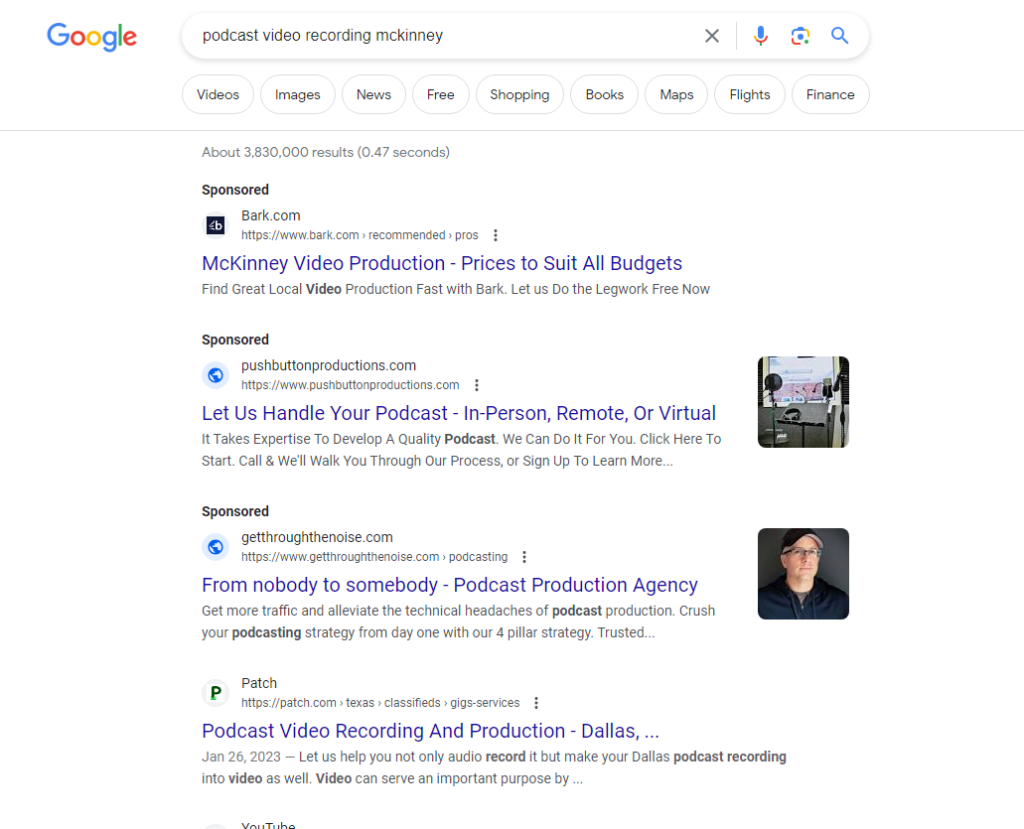Recently, we were on a Twitter Space webinar to discuss the use cases of web3 NFTs, metaverses, and virtual real estate (digital real estate) associated with actual real world locations which you can visit physically. These are different than “fictional world” metaverses such as Decentraland, Sandbox, and similar virtual real estate metaverse platforms which don’t associate directly with actual locations in the physical world.
Some of the benefits web3 assets, which merge NFTs and metaverses along with existing online marketing efforts, include:
- Existing web2 SEO efforts such as ranking in the search engines, Maps, YouTube and elsewhere
- Local lead generation
- Reducing advertising spending around town in order to acquire a new customer, client, patient, or event attendee/fan
- Rewarding your existing customers, clients, and fans in new ways to foster further participation with your company
- Repurposing your images and video content
- Building Artificial Intelligence (AI) avatars to answer prospective customers’ questions with a good degree of accuracy while simultaneously featuring your real world location
- Associating your company with known landmarks
- Brand new ways to solve problems and associate your business with the easy-to-understand solution
- Beginning to open your business to using or accepting cryptocurrency, altcoins, or other payment forms beyond your existing methods of sending/receiving funds
- Much more
Thank you to Marcus (“wenairdrop“) at Iheartdomains.com for hosting the Twitter Space. The audio recording is available on his website, or you may play the audio recording below:
You also may play the recording from Spotify at this link: https://open.spotify.com/episode/03she1WRozgkE1TbAc4Hh8?si=8144659bf0a04f94








Our Social Media